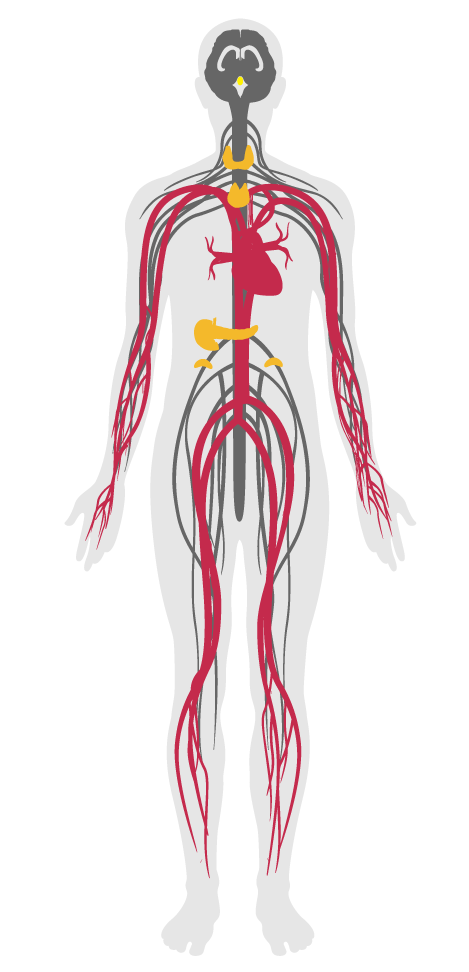Exterior noise intrusion
Features/Comfort/Feature 74
- 72 Accessible design
- 73 Ergonomics: visual and physical
- 74 Exterior noise intrusion
- 75 Internally generated noise
- 76 Thermal comfort
- 77 Olfactory comfort
- 78 Reverberation time
- 79 Sound masking
- 80 Sound reducing surfaces
- 81 Sound barriers
- 82 Individual thermal control
- 83 Radiant thermal comfort
- P4 Impact reducing flooring
Exterior noise intrusion
Intent:
To reduce acoustic disruptions by limiting external noise intrusion.
BACKGROUND
Particularly in urban areas, loud or repetitive exterior noises can be a source of stress and a risk factor for certain health outcomes. Studies show that individuals exposed to traffic noise have a higher risk for diabetes, stroke and heart attack, and those exposed to road traffic and aircraft noises have a higher risk for hypertension. In addition, exposure to noise can lead to reduced reaction time and increased levels of annoyance. Preventing excessive exterior noise from reaching building interiors can help improve occupant comfort and well-being.
Each regularly occupied space meets the following sound pressure level when the space and adjacent spaces are unoccupied:
a.133
Spaces equal to or less than 1,900 m² [20,000 ft²]: average sound pressure level from outside noise intrusion is less than or equal to 35 dBA.
b.133
Spaces greater than 1,900 m² [20,000 ft²]: average sound pressure level from outside noise intrusion is less than or equal to 40 dBA.

